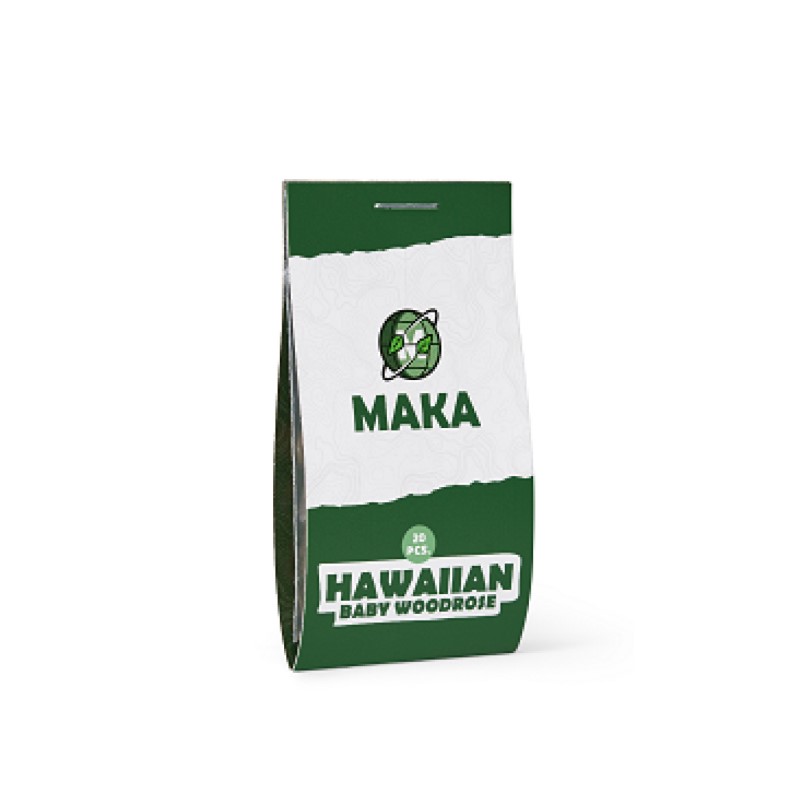LSA SEEDS
Discover the power of LSA, a natural substance produced by specific plants and mainly present in their seeds. Grind the seeds finely and soak them in cold water to create your own LSA. Explore the fascinating world of homemade LSA and experience its potential!
WHAT IS LSA AND WHERE DOES IT COME FROM?
LSA is a natural compound produced by specific plants, primarily found in their seeds. This compound is known for its psychoactive properties and has historically piqued the interest of individuals interested in natural substances for spiritual and recreational purposes. The seeds rich in LSA are derived from various plant species, with the most well-known being Morning Glory (Ipomoea tricolor) and Hawaiian Baby Woodrose (Argyreia nervosa). These plants contain small, inconspicuous seeds that can offer a potentially powerful and intriguing experience.
Morning Glory is a climbing plant found worldwide, and its seeds contain a significant amount of LSA. These seeds have been used for centuries by various indigenous cultures due to their psychoactive properties. Hawaiian Baby Woodrose is another plant species native to parts of India, Africa, and the Caribbean islands. This plant also produces seeds with a substantial amount of LSA, which have a history of spiritual and ritual use in some cultures.
EFFECTS OF LSA SEEDS
LSA is known for its psychoactive properties and can have various effects on consciousness. The exact experience can vary depending on factors such as dosage, individual sensitivity, environment, and mood. In general, the effects of LSA on consciousness may include:
- Hallucinations: LSA can cause visual and sometimes auditory hallucinations, with individuals perceiving colorful and vivid images.
- Altered Consciousness: Users may experience a change in perception and consciousness.
- Euphoria: Some people may feel intense happiness, euphoria, and a sense of connection with their surroundings.
- Creativity and Insight: LSA can enhance creativity and insight, leading to deeper contemplation of certain subjects.
- Emotional Intensity: Feelings can be experienced more intensely.
- Time Distortion: Individuals may feel that time is passing slower or faster than usual.
- Increased Introspection: LSA can lead to profound self-reflection and introspection, allowing individuals to explore their thoughts and emotions on a deeper level.
HOW DOES LSA DIFFER FROM LSD?
LSA (lysergic acid amide) and LSD (lysergic acid diethylamide) are both psychoactive substances related to each other and can have some similar effects, but they also have some important differences:
- Origin: The main difference between LSA and LSD is their origin. LSA is a naturally occurring compound extracted from certain plants, such as Morning Glory and Hawaiian Baby Woodrose. On the other hand, LSD is a synthetic substance produced in a laboratory.
- Potency: Generally, LSD is believed to be more potent than LSA. This means that smaller doses of LSD can have stronger effects than the same amount of LSA. As a result, dosages for LSA are usually higher than those for LSD.
- Duration of Effects: The effects of LSA generally last longer than those of LSD. LSA experiences can last up to 6 to 10 hours, while the effects of LSD typically persist between 6 and 12 hours.
- Visual Aspects: LSD is known for its intense visual hallucinations and colorful imagery. While LSA can also cause visual effects, they are usually subtler and less intense than those of LSD.
- Side Effects: Both substances can have side effects, but the specific side effects may differ. For example, nausea is a common side effect of using LSA seeds, while LSD is often associated with increased heart rate and decreased appetite.
- Legal Status: The legal status of LSA and LSD can vary depending on the country and region. In some areas, LSA seeds and products containing LSA may be legal or subject to minimal restrictions, while LSD is usually illegal everywhere.
HOW TO USE LSA SEEDS
Using LSA seeds typically involves following an extraction process to extract LSA from the seeds before ingestion. Here are the general steps for using LSA seeds:
- Obtain LSA Seeds: Purchase seeds from plants containing LSA, such as Morning Glory (Ipomoea tricolor) or Hawaiian Baby Woodrose (Argyreia nervosa).
- Grind the Seeds: Grind the seeds into a fine powder. This can be done using a coffee grinder, mortar and pestle, or another suitable method.
- Soak the Seeds in Cold Water: Place the ground seed powder in a container and add cold water. Ensure that all seeds are well submerged. Let the mixture soak for several hours or even overnight. The water will extract the LSA from the seeds, creating a solution.
- Filtration: After soaking, the mixture needs to be filtered to separate the finely ground seeds from the LSA-infused water. Use a coffee filter, cheesecloth, or a fine mesh strainer for this purpose.
- Dosage and Consumption: Determine the appropriate dosage of the LSA extract, considering the source of the seeds and individual sensitivity. It’s recommended to start with a low dose to avoid unwanted side effects. The LSA extract can be ingested by drinking it directly or mixing it with a beverage to mask the taste.
HISTORICAL APPLICATIONS OF LSA SEEDS
The historical applications of LSA seeds have a long and varied history, with cultural and spiritual significance in different parts of the world. Some of the historical applications of LSA seeds include:
- Spiritual and Religious Ceremonies: In some indigenous cultures, LSA seeds were used in spiritual and religious ceremonies as a means to achieve an altered state of consciousness and gain spiritual insights. These ceremonies were often conducted as a way to communicate with gods or spirits, promote healing, or mark important events.
- Shamanic Traditions: In certain shamanic cultures, LSA seeds were used as an aid in spiritual journeys and healing practices. Shamans viewed these seeds as powerful tools to access other realms and dimensions. Drawing from their profound knowledge of nature and human consciousness, these spiritual leaders believed that LSA seeds could connect them to the spiritual essence of the universe, obtaining healing energies and insights to support and heal their community.
- Divination and Prophecy: Some cultures regarded LSA seeds as a means to gain insight into the future and find answers to significant life questions.
- Cultural Traditions: In specific cultures, LSA seeds were incorporated into special rituals and festivities as a way to promote social cohesion and strengthen cultural identity.
- Medicinal Use: LSA seeds were sometimes used for their purported medicinal properties, such as treating ailments, pain relief, or as a general tonic for the body.
DIFFERENCE BETWEEN HAWAIIAN BABY WOODROSE AND MORNING GLORY
Hawaiian Baby Woodrose (Argyreia nervosa) and Morning Glory (Ipomoea tricolor) are two different plant species that both contain LSA (lysergic acid amide) in their seeds. While they share LSA, there are some significant differences between the two:
- Botanical Differences: Hawaiian Baby Woodrose is a vine-like plant originally native to parts of India, Africa, and the Caribbean islands. The seeds of Hawaiian Baby Woodrose are large, brown, and covered with a hard shell. In contrast, Morning Glory is a climbing plant found worldwide. The seeds of Morning Glory are smaller and vary in color depending on the specific species.
- LSA Content: While both plants contain LSA, the LSA content can vary between different species and even among seeds of the same plant. Generally, Hawaiian Baby Woodrose seeds are believed to have a higher LSA content than Morning Glory seeds, meaning that Hawaiian Baby Woodrose seeds may be potentially more potent.
- Side Effects: Due to the potentially higher LSA content, the side effects of Hawaiian Baby Woodrose seeds may be stronger compared to using Morning Glory seeds. However, both types of seeds can cause nausea, especially during the initial stages of the experience.
- Dosage: Because of the difference in LSA content, dosages between the two types of seeds may vary.



